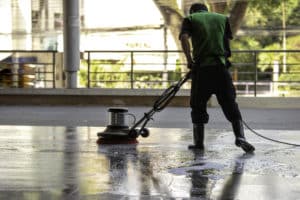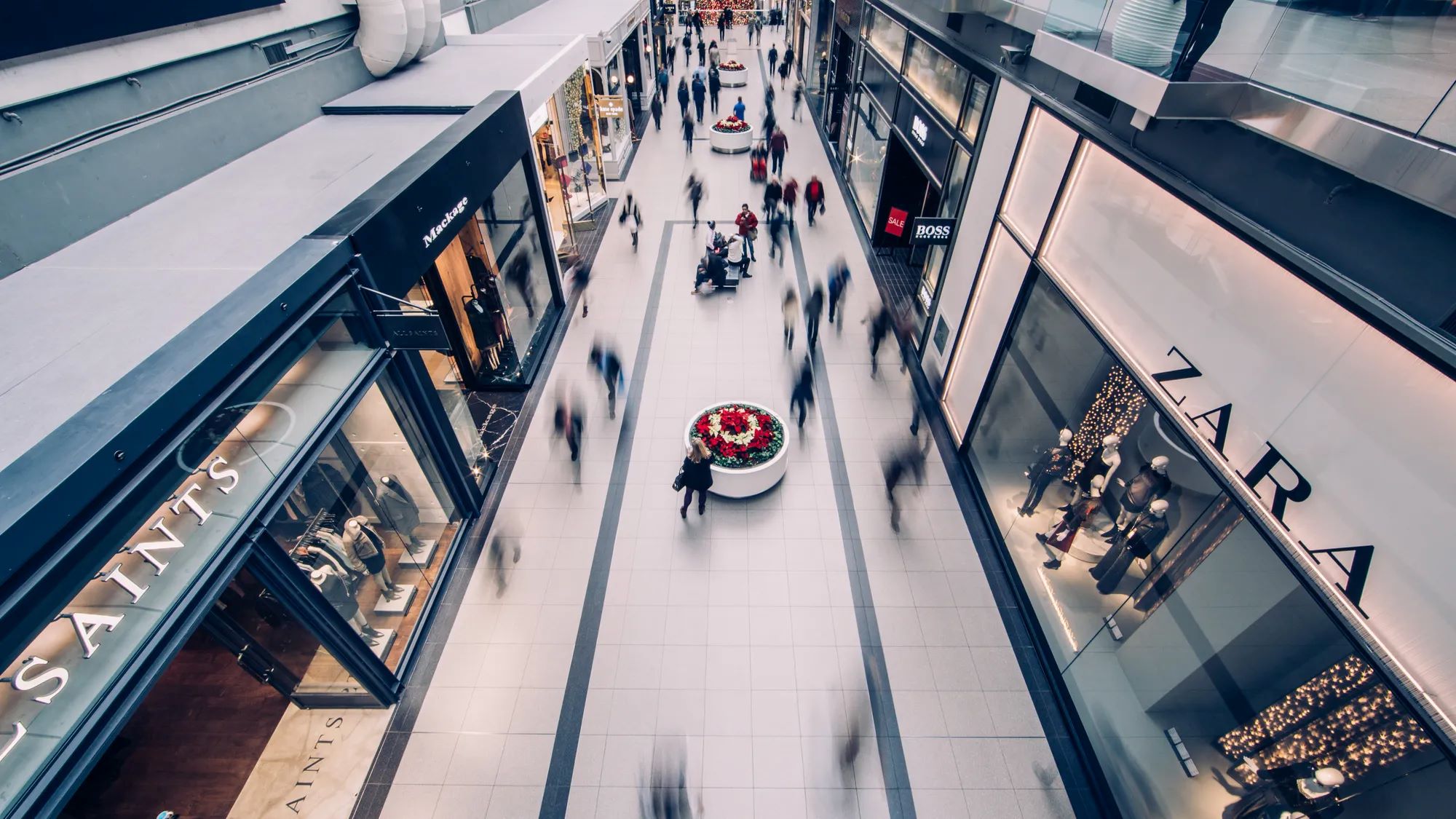The Evolution of Retail: Navigating New Trends in Brick-and-Mortar Spaces
Co-Author(s): Leyla Senvar and Meghan Hall, Teamwrkx Marketing
Retail Dive’s recent Trendline delves into how stores have evolved in response to the rise of e-commerce and shifting consumer preferences. The collection of articles highlights that while stores have historically adapted to technological advancements and changing tastes, many modern innovations, such as personalization and convenience, echo practices from the past. The article discusses the move towards experiential retail environments as physical stores face challenges from online shopping and economic impacts. It also examines the transformation of shopping centers, with some thriving and others declining, emphasizing that physical retail spaces remain relevant despite the growing presence of e-commerce.
As shoppers increasingly gather information online before visiting stores, retailers have had to adjust their strategies to stay competitive and relevant. The Trendline stories summarized below showcase a few ways that various retailers are innovating and evolving to address these challenges.
Foot Locker: Embracing a New Concept
Foot Locker’s recent introduction of a new store concept marks a significant move in what the company considers a “critical year.” They intend to balance their focus between men, women, and kids, and feature more intentional storytelling of trending concepts and styles. The strategic plan demonstrates Foot Locker’s commitment to thriving in a dynamic market.
“The refreshes are a little less capital intensive… than a full store remodel, but they come out of the same brief and spirit and store design,” said Foot Locker’s executive Bracken. “So the storefront, fixturing, navigation, marketing materials and storytelling is all highly correlated to this new store expression.”
The Container Store: Creating Emotive Experiences
CEO Satish Malhotra joined The Container Store two years ago, and he’s using his experience from Sephora to freshen up the home retailer’s strategy. Inspired by the beauty company’s success, The Container Store focuses on creating emotive experiences that resonate with customers. The aim is to make shopping a happy and fulfilling activity. They’ve launched a tiered loyalty program and have rebranded their Custom Closets division into “Custom Spaces” to better highlight its variety of applications.
“Our customers always tell us The Container Store is their happy place,” said Malhotra. “They literally walk in — or at least walk out — feeling happier than perhaps they walk in… How we can impact your life is really important for us versus just selling you a container.”
Macy’s: Integrating Physical and Digital Strategies
Macy’s continues to refine its approach by integrating physical stores with its digital strategy. The company recognizes that brick-and-mortar locations boost online activity, offering a comprehensive shopping experience. Macy’s is also closing underperforming stores and opening smaller, more adaptable formats like its Bloomingdale’s concept store, Bloomie’s, and Market by Macy’s to better serve evolving customer needs. “The board and I are looking at — we have right now eight Market by Macy’s, we’ve got two Bloomie’s, we’ve got a slew that are coming in the pipeline that we haven’t announced yet,” Macy’s CEO, Gennette said.
The Rise of Secondhand Retail
The secondhand retail market is booming, projected to more than double by 2026, reaching $82 billion. As consumers increasingly embrace resale, brick-and-mortar retailers have a unique advantage. “Everything is multi-channel now,” said Lee Peterson of WD Partners. “But clearly, the best results are going to be taking the hard road and doing it in stores.” Major chains like Walmart, Ikea, REI, and Amazon are experimenting with resale, leveraging physical stores to offer the “treasure hunt” experience that secondhand shoppers value.
Buying used items has become normalized — a way to save money and the planet — and is likely to drive traffic and bring new customers into most any store.
Conclusion: The Future of Retail Spaces
The evolution of retail stores is about more than just survival; it’s about thriving in a competitive market. Retailers are redefining their physical spaces to be more experiential, emotive, and integrated with digital strategies. As the retail landscape continues to change, the design and construction of retail spaces will play a crucial role in supporting these new concepts, ensuring that stores remain a vital part of the shopping experience. The stories in this Trendline illustrate that while the challenges are significant, the opportunities for innovation and growth in brick-and-mortar retail are immense.
Read more from Retail Dive’s Trendline here.



